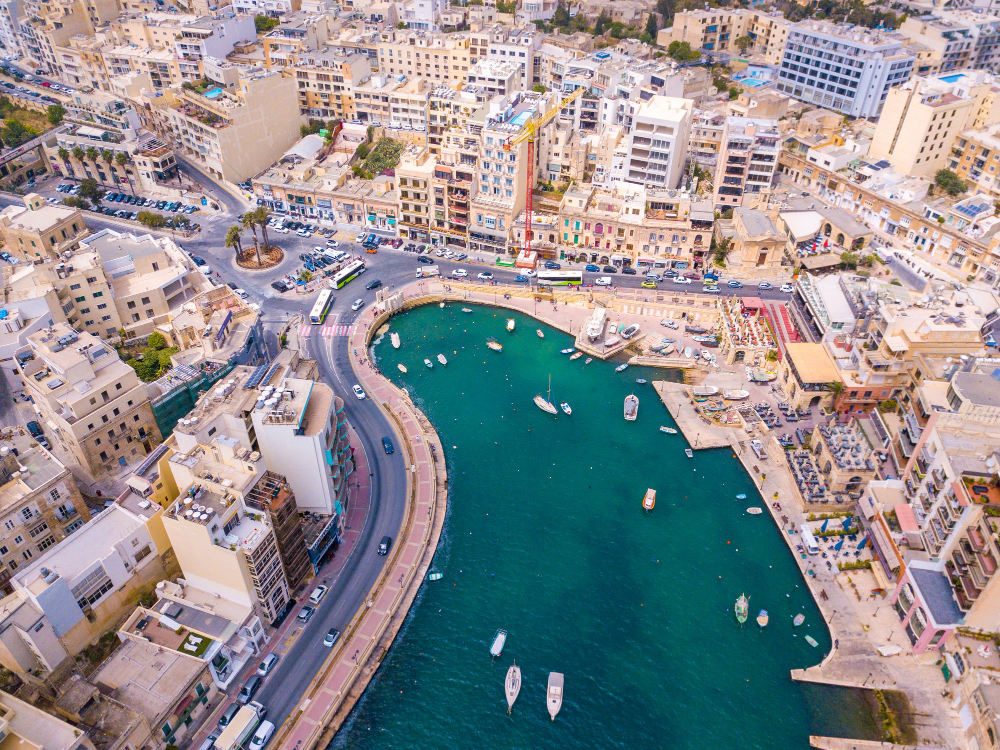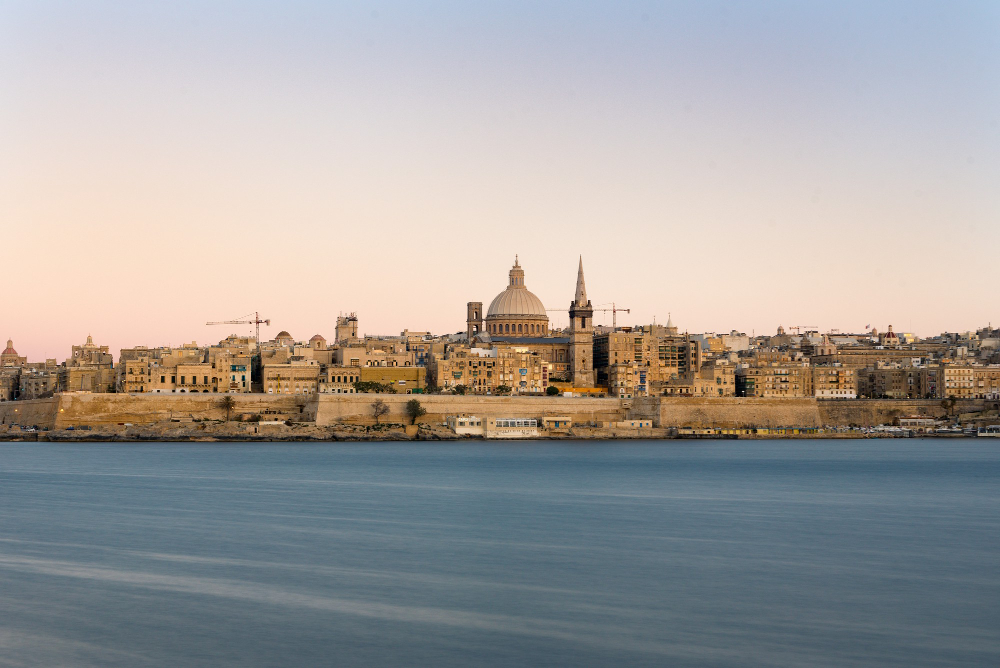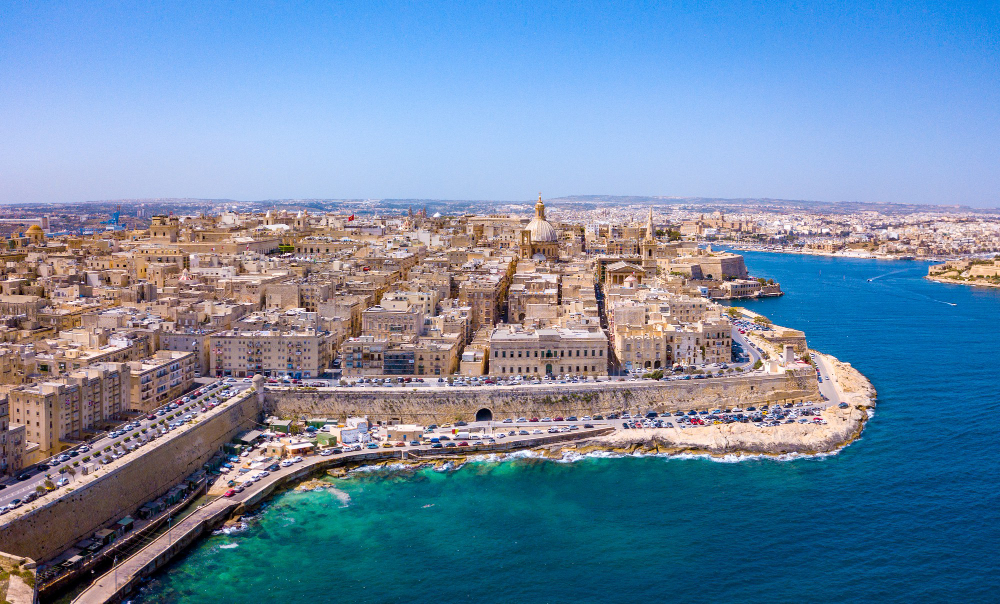About Malta
About Malta
Your Gateway to Secure and Strategic Financial Solutions
Malta is an archipelago in the central Mediterranean between Sicily and the North African coast. It’s a nation known for historic sites related to a succession of rulers including the Romans, Moors, Knights of Saint John, French and British. It has numerous fortresses, megalithic temples and the Ħal Saflieni Hypogeum, a subterranean complex of halls and burial chambers dating to circa 4000 B.C.

Population
445,426
Language
Maltese and English
Currency
Euro

Political Structure
Malta boasts a rich history of tradition and culture lavishly woven by the many civilisations that have swept the Mediterranean leaving their imprints on those small islands. The first evidence of life dates back as far back as the Neolithic age, when early settlers some 6000 years ago left evidence of their magnificent temples of worship and burial grounds. After these, new faces belonging to new civilisations appeared, all leaving their indelible traits: Phoenicians; Carthaginians; Romans; Arabs; Aragonese; the Knights of St. John; the French under Napoleon Bonaparte and finally the British. The British stayed for more than a century and a half and during this time set up a prominent naval and military base for their Mediterranean fleet and their influence, particularly on the infrastructure of the country, its legal system and its civil service, remains.
Infrastructure and Economy
With the closure of the military base in 1979, it became imperative for the country to launch a series of development programs to re-orientate the Islands’ economy. A strong infrastructure and promotional drive basing itself on price competition and on high standards of tourism facilities turned tourism into Malta’s primary source of foreign exchange, with more than a million tourists visiting Malta each year. Malta’s natural harbors host one of the most renowned dry-docks in the Mediterranean and a shipbuilding yard.

